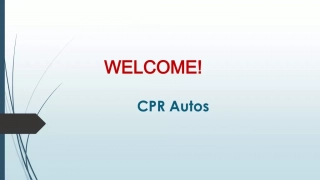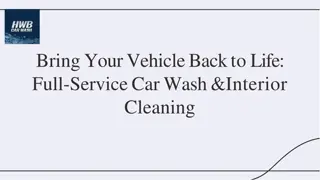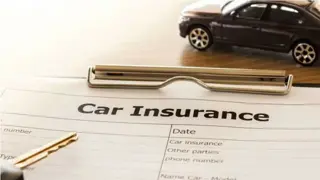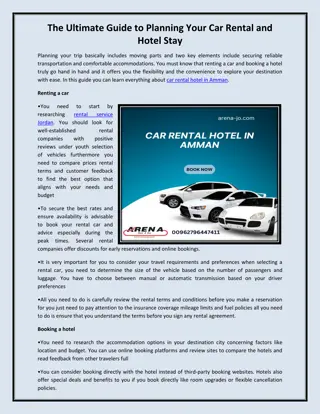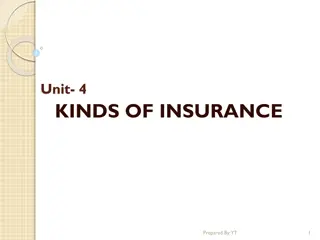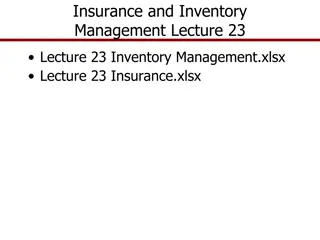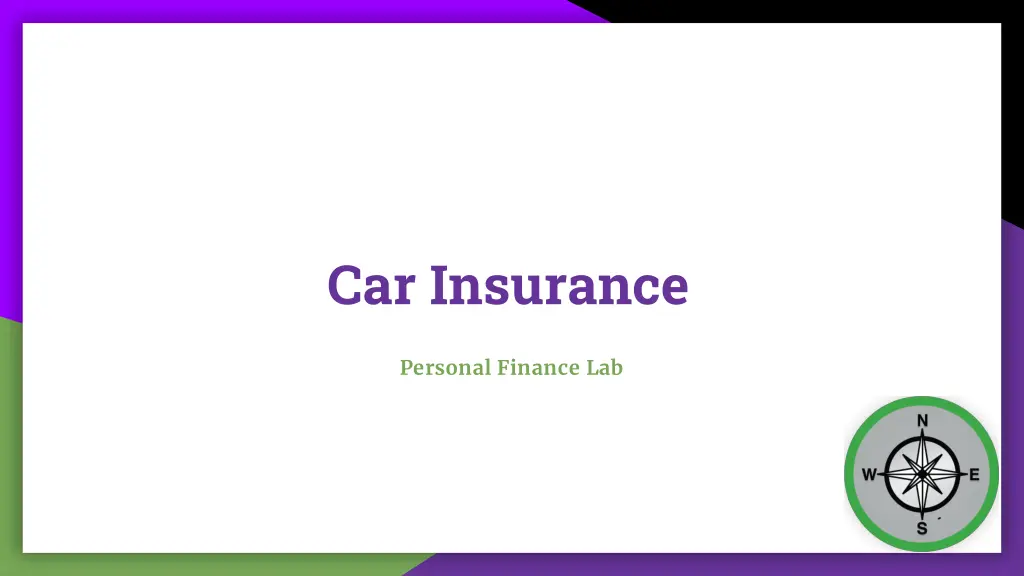
Understanding Car Insurance: Types, Coverage, and More
Learn about the importance of car insurance, the different types of coverage available (such as liability, collision, and comprehensive), and the differences between Tort and No Fault states. Explore deductibles, premiums, and more to make informed decisions about protecting your vehicle and yourself on the road.
Download Presentation

Please find below an Image/Link to download the presentation.
The content on the website is provided AS IS for your information and personal use only. It may not be sold, licensed, or shared on other websites without obtaining consent from the author. If you encounter any issues during the download, it is possible that the publisher has removed the file from their server.
You are allowed to download the files provided on this website for personal or commercial use, subject to the condition that they are used lawfully. All files are the property of their respective owners.
The content on the website is provided AS IS for your information and personal use only. It may not be sold, licensed, or shared on other websites without obtaining consent from the author.
E N D
Presentation Transcript
Car Insurance Personal Finance Lab
Car Insurance 101 What? Car insurance is a type of protection that protects anyone who owns a car from different types of damage. There are several different types of car insurance that protect against different things. Why? It is important to have car insurance so that you are protected in case something happens. Also, by requiring everyone to have car insurance people feel safer driving on the streets knowing that they won t have to cover the whole cost in case of a problem.
Types of Car Insurance Liability Coverage This type of insurance is required to drive car. This type of insurance will pay another driver s repair costs and medical bills in case of an accident. This type of insurance does not cover you or your car. So if you get in an accident with someone who does not have insurance you will be covering your own car and medical payments Collision Coverage This type of insurance does cover any personal vehicle costs in case of an accident. But not medical costs. Personal Injury Protection This type of insurance will cover personal medical costs. This is only necessary if you are at fault in the accident.
Types of Car Insurance cont. Uninsured Motorist Coverage There are two types : Bodily-type will cover any medical bills, lost wages, and pain/suffering expenses. Property Damage- will cover the costs of repairing your car, but may also extend to your other property (like your house, or any stuff that was in your car that was damaged by the collision). Comprehensive Coverage This type of insurance is meant to protect your car from damages and repairs not done by other cars. For example, if a tree falls on your car or theft.
Tort vs No Fault Tort States In Tort states, the blame in an accident is assigned on a sliding scale. For example, one car might get 40% blame and the other gets 60%. This percentage of fault will determine how much each party is required to pay. For example, if you are 40% at fault for a collision, your insurance does not need to pay anything to the other driver, but the other driver only needs to pay for 20% of your damages. No Fault States No Fault states generally do not make any effort to determine who was responsible for a collision the costs for repairs and medical expenses are paid solely by your own insurer. Liability Coverage and Uninsured Motorist Coverage become less important (although still comes into play for bigger accidents), while Collision Coverage and Personal Injury Protection is usually mandatory. There are currently 14 No Fault States
Deductibles and Premiums Deductible A deductible is the amount you need to pay out of pocket before your insurance kicks in. Premium A premium is how much you pay each month for coverage. Besides choosing your level of coverage and the balance between premiums and deductibles, there are many factors that will determine how much you need to pay for insurance.
What Will Raise Your Rates? Type and year of Vehicle Fast cars will have higher rates because they are more expensive to fix. New cars and cars over 15 years old will also have higher rates. Age and Gender Women pay lower rates than men do. Younger drivers pay more than middle aged drivers. But after you retire your rates slowly begin to increase. Location If you live in an area such as a city you will have higher rates than living in a rural area. Other Drivers Using Your Car If you have a spouse or a child that drives your car, you will have to add them to your insurance which equates to higher rates. Citations, Tickets and Claims If you receive a lot of speeding or reckless driving tickets your rates will increase. Also, if you file a lot of insurance claims your rate will increase
What Will Lower Your Rates? Garage Parked Car If you park your car in a garage each night you will have much lower costs because of less wear and tear from the outdoor elements. Policy Bundle If you have car insurance, home insurance or any type of insurance, it is possible to bundle and get a better price. Safe Driver Course You may be able to take a safe driving class and get few dollars knocked off your monthly payment Shopping Around Going to various different insurance companies and comparing what they can offer you will allow you to get the best insurance plan for your needs and money. Fewer Claims If you do not file any claims, your insurance rate will decrease over time.

